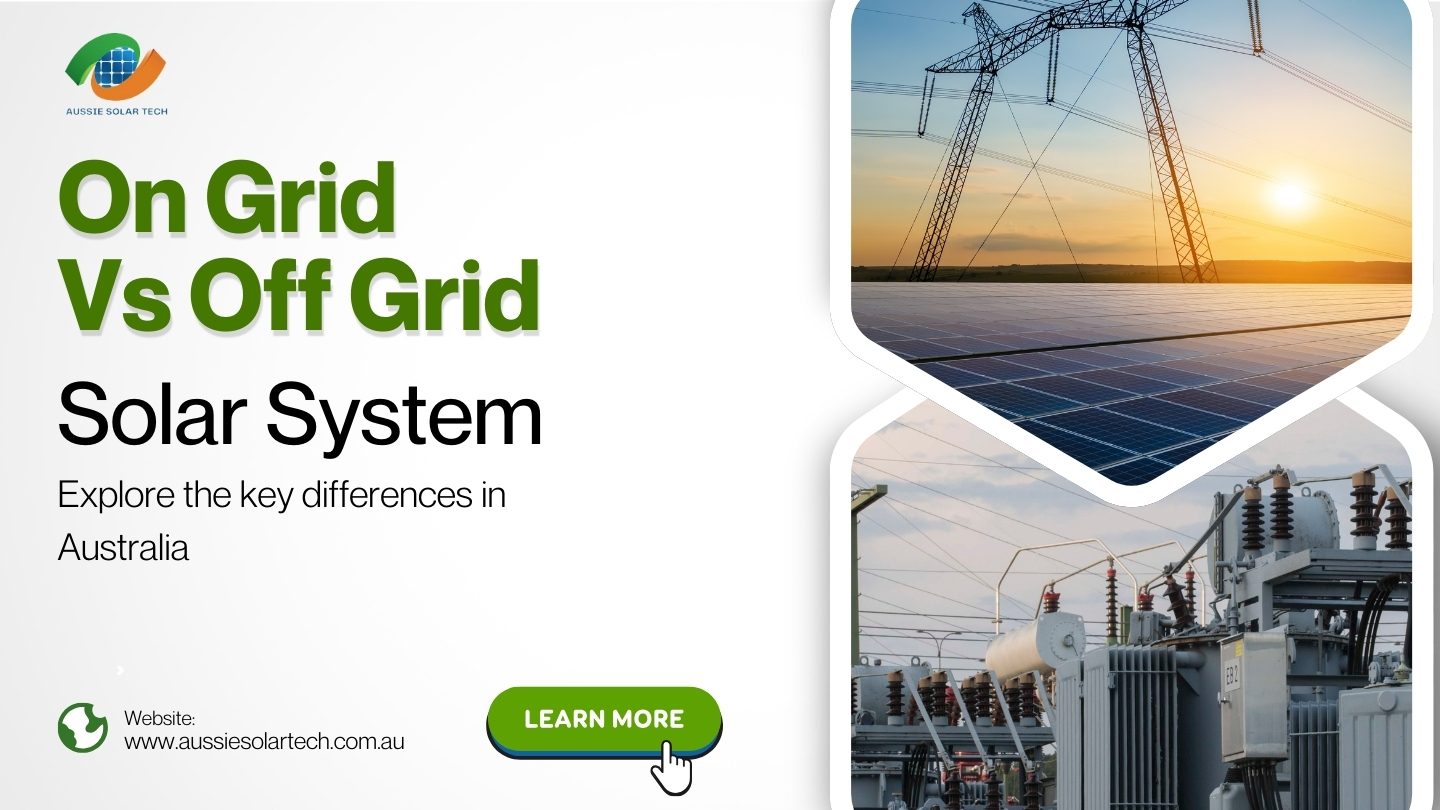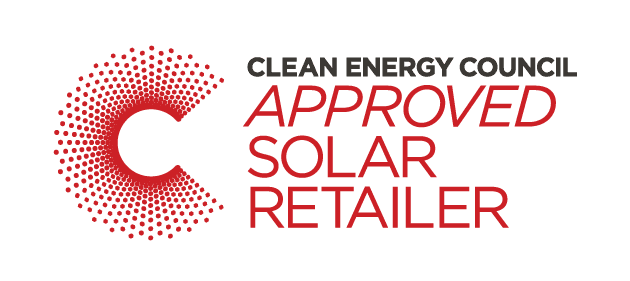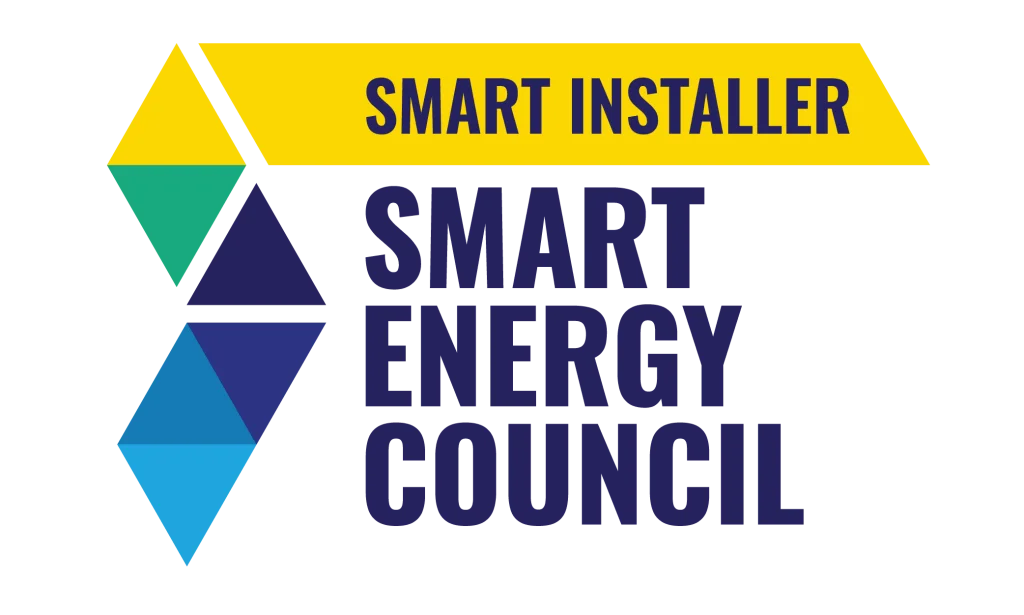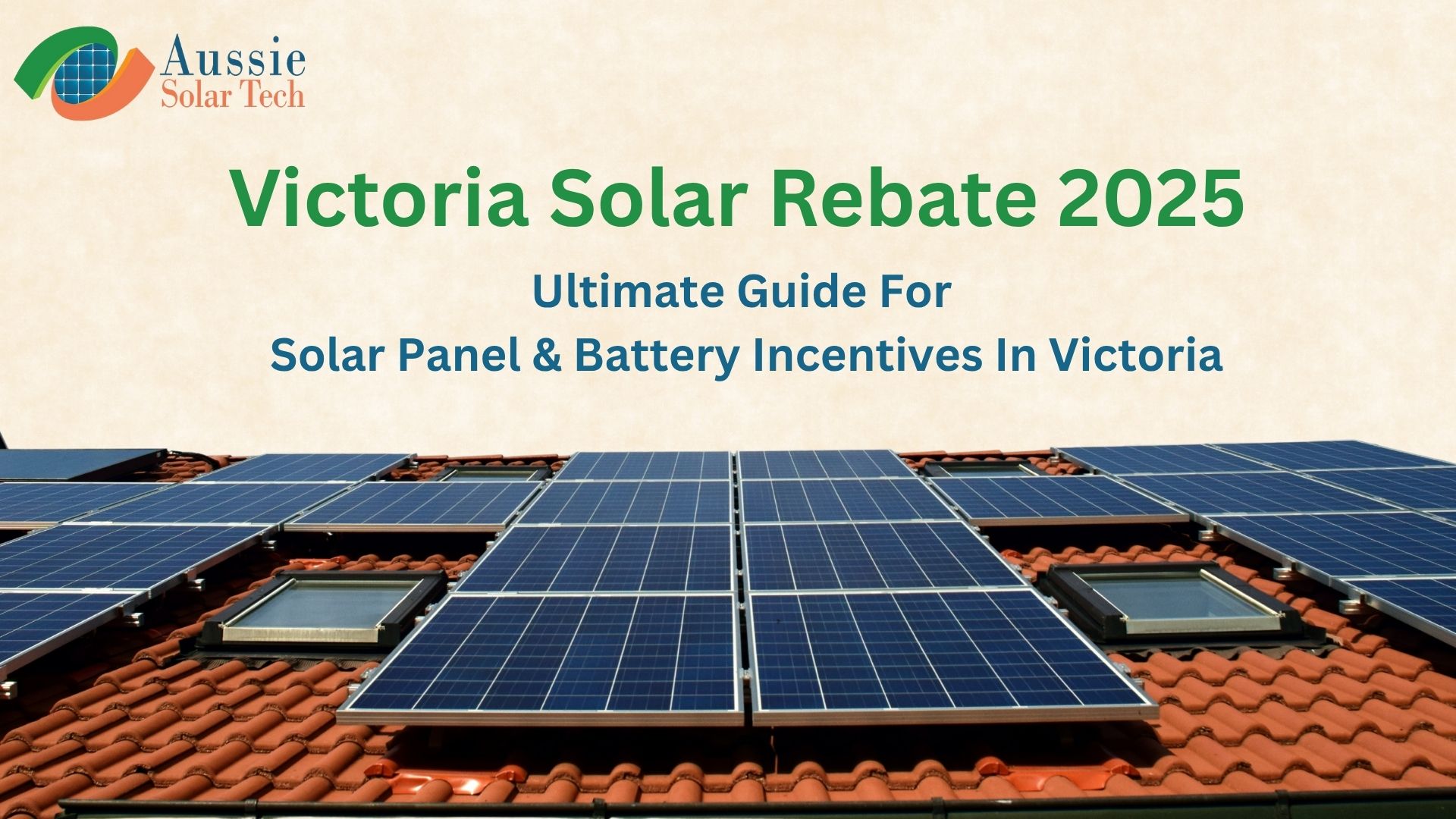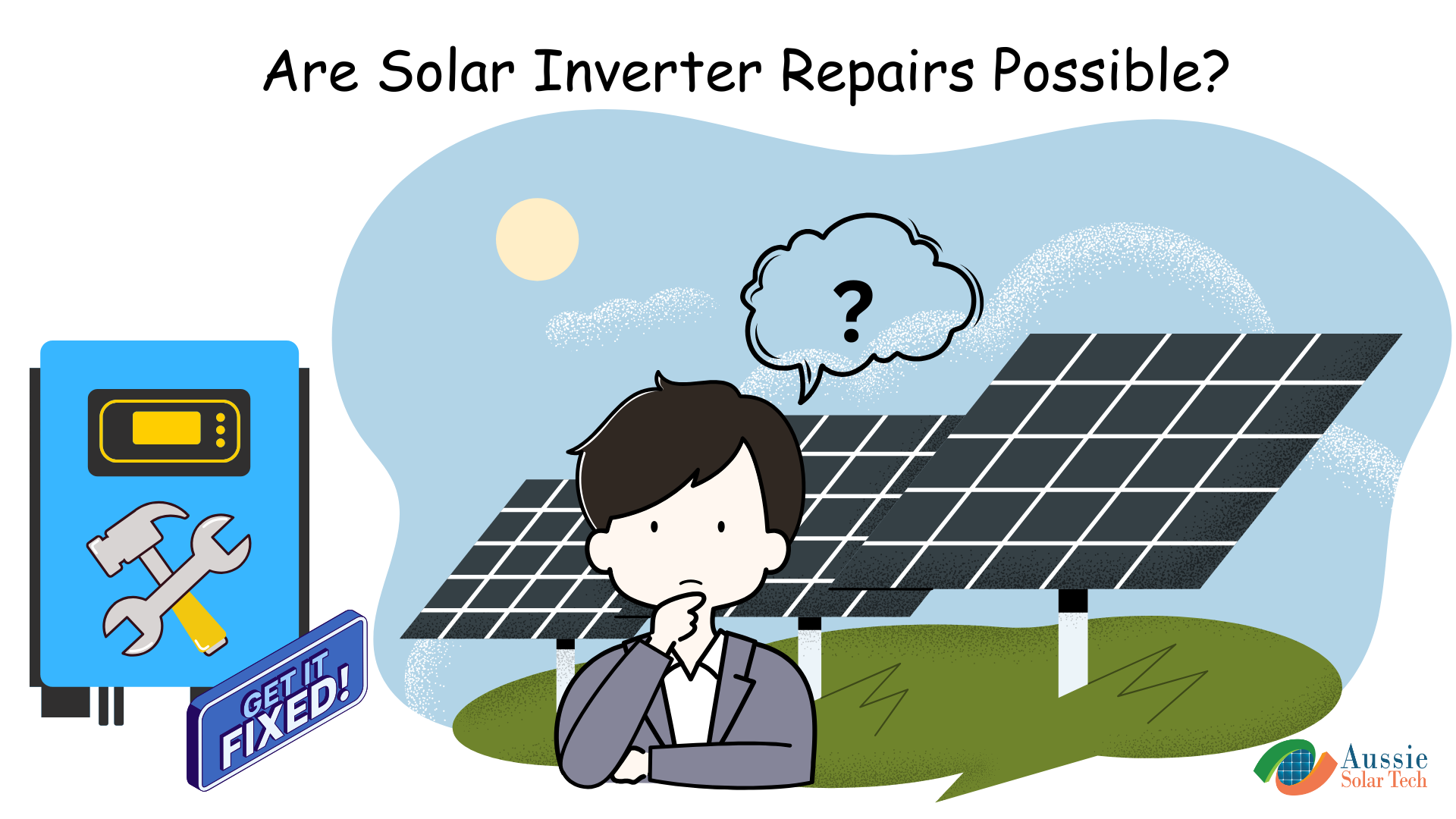How Does Solar Panel Work: In-Depth Explanation 2025

In This Article
ToggleHave you ever wondered how a simple panel on your roof can turn sunlight into the electricity that powers your home? Solar energy, once considered a futuristic technology, is now an everyday reality for millions of people around the world. As the demand for renewable energy sources grows, solar panels have emerged as one of the most efficient and sustainable solutions. Solar power harnesses the abundant energy from the sun, converting it into electricity through a process that might seem like magic at first glance.
However, understanding how solar panels work is not just fascinating—it’s essential for anyone considering making the switch to solar energy. In this article, we’ll take a deep dive into the science behind solar panels, exploring the components that make them work and the principles that allow them to generate clean, renewable electricity. Whether you’re a homeowner thinking about installing solar panels or simply curious about how they operate, this guide will give you the insights you need to grasp the incredible potential of solar
Understanding Solar Energy
Solar energy is the power we derive from the sun—a massive, constantly burning ball of gas that emits an enormous amount of energy. Every hour, the Earth receives more energy from the sun than the entire world consumes in a year.
This energy, radiated as light and heat, can be harnessed and converted into usable electricity through the technology of solar panels.
What is Solar Energy?
At its core, solar energy is radiant light and heat from the sun that can be converted into various forms of energy, most commonly electricity or heat. This energy originates from nuclear fusion reactions occurring in the sun’s core, where hydrogen atoms fuse to form helium, releasing vast amounts of energy in the process.
This energy travels across space and reaches Earth, where it can be captured and put to use.
How Does Solar Energy Work
Solar energy works by converting the sun energy to generate electricity. from the sun into power. The Sun generates radiant energy that are mainly heat and light. The light of the Sun travels the 147 million kilometers to Earth in just over 8 minutes. Lots and lots of the Sun’s energy reaches Earth every day.
In Solar Energy System, when sunlight hits the Earth’s surface, solar panels of rooftop solar system capture some of Sun’s energy (light energy form) using Solar Panels- large panels made up of photovoltaic (PV) cells and through photovoltaic (PV) cells, solar panels convert sunlight directly into electricity.
The Importance of Solar Energy
Solar energy is more than just a source of power—it represents a clean, renewable, and virtually inexhaustible energy solution.
Unlike fossil fuels, which are finite and contribute to environmental pollution and climate change, solar energy offers a sustainable alternative that can help reduce our carbon footprint and reliance on non-renewable resources.
Some key benefits of solar energy include:
- Sustainability: Solar energy is a renewable resource, meaning it won’t run out as long as the sun exists, providing a reliable source of power for generations to come.
- Environmental Impact: Using solar energy reduces greenhouse gas emissions, air pollution, and water usage associated with conventional energy sources like coal and natural gas.
- Energy Independence: Solar energy allows individuals and nations to reduce their dependency on imported fossil fuels, enhancing energy security and price stability.
- Economic Benefits: The solar industry creates jobs, stimulates economic growth, and can reduce energy costs for consumers over time.
As the world increasingly turns to renewable energy to combat climate change and address the challenges of energy security, solar power stands out as one of the most promising and accessible solutions. Understanding the basic principles of solar energy sets the stage for exploring how solar panels harness this power to generate electricity.
Basic Components of a Solar Panel System
A solar panel system is a sophisticated assembly of interconnected components that work together to capture sunlight and convert it into usable electricity.
Understanding the basic components of a solar panel system is crucial for grasping how solar energy is harnessed and utilized in homes, businesses, and beyond.
1. Photovoltaic (PV) Cells
What They Are: Photovoltaic (PV) cells are the heart of any solar panel. These cells are made from semiconductor materials, typically silicon, that can absorb sunlight and convert it into electricity.
How They Work: When sunlight strikes a PV cell, the energy from the light particles (photons) is absorbed by the semiconductor material. This energy excites electrons, causing them to flow and create an electric current.
This process is known as the Photovoltaic Effect, and it’s the fundamental mechanism by which solar panels generate electricity.

Arrangement in Panels: Multiple PV cells are connected together within a solar panel, which is then installed on rooftops or in solar farms to capture sunlight.
2. Inverter
What It Is: The inverter is a critical component of a solar panel system that converts the direct current (DC) electricity generated by the PV cells into alternating current (AC) electricity, which is the form of electricity used by most household appliances and the electrical grid.
Types of Inverters: There are several types of inverters, including string inverters, microinverters, and power optimizers, each with its own advantages depending on the size and complexity of the solar panel system.
Why It’s Important: Without an inverter, the electricity generated by the solar panels would be unusable for most residential and commercial applications.
The inverter ensures that the solar energy produced can be safely and efficiently used in your home or sent back to the grid.
3. Battery Storage (Optional)
What It Is: A battery storage system stores excess electricity generated by the solar panels that isn’t immediately used by the home or business.
This stored energy can be used later when the sun isn’t shining, such as during the night or on cloudy days.
Types of Batteries: Common types of batteries used in solar systems include lithium-ion and lead-acid batteries. Lithium-ion batteries are more popular due to their efficiency, longer lifespan, and ability to store more energy in a smaller space.
Advantages of Battery Storage: Battery storage increases energy independence and can provide backup power during grid outages, making solar panel systems even more reliable and beneficial.
4. Meter and Grid Connection
What It Is: The meter is a device that tracks the amount of electricity produced by the solar panel system and how much of that electricity is used or sent back to the grid.
Net Metering: In many regions, net metering allows homeowners to receive credit for excess electricity they generate and send back to the grid.
This means that during periods of high production, the excess energy you produce can offset the electricity you draw from the grid at other times.
Grid-Tied vs. Off-Grid: Most solar panel systems are grid-tied, meaning they are connected to the local utility grid. However, off-grid systems are also possible, where the solar panel system operates independently with battery storage to provide all the power needed.
5. Mounting System
What It Is: The mounting system is the framework that secures the solar panels to a surface, such as a rooftop or ground.
Types of Mounting Systems: There are different types of mounting systems, including fixed mounts, adjustable mounts, and tracking mounts. Tracking mounts are designed to follow the sun’s path throughout the day to maximize energy capture.
Importance: Proper mounting ensures that the panels are positioned at the optimal angle and orientation to capture the most sunlight, contributing to the overall efficiency of the system. Each of these components plays a vital role in the functionality and efficiency of a solar panel system.
Together, they create a powerful system capable of converting sunlight into clean, renewable electricity, helping to reduce energy costs and environmental impact.
Benefits of a Solar Panel System
Lower Energy Bills: Generate your own electricity and reduce dependence on your utility company.
Environmentally Friendly: Solar energy is clean, renewable, and helps reduce greenhouse gas emissions.
Increase in Property Value: Homes with solar systems tend to have higher resale value.
Energy Independence: Become less vulnerable to power outages and fluctuating energy prices.
Incentives & Rebates: Many governments offer tax credits, rebates, and incentives to make solar more affordable.
How Does Solar Panel Work and Generate Electricity
Solar panels are remarkable devices that transform sunlight into electricity through a process grounded in both physics and engineering.
Understanding how solar panels generate electricity requires a deep dive into the principles of the photovoltaic effect, the role of various components within a solar panel system, and the intricacies of energy conversion and distribution.
PV solar panels generate direct current (DC) electricity. With DC electricity, electrons flow in one direction around a circuit. This example shows a battery powering a light bulb. The electrons move from the negative side of the battery, through the lamp, and return to the positive side of the battery.
Let’s explore this process step by step.
1. The Photovoltaic Effect: Harnessing Sunlight
At the heart of every solar panel lies the photovoltaic (PV) cell, a small but powerful unit that captures sunlight and initiates the process of generating electricity.
The photovoltaic effect, discovered by French physicist Edmond Becquerel in 1839, is the fundamental principle that makes solar panels work.
Absorption of Sunlight: Solar panels are typically composed of many PV cells, each made from semiconductor materials, most commonly silicon. When sunlight, composed of particles called photons, strikes a PV cell, these photons are absorbed by the semiconductor material. The energy carried by these photons excites the electrons in the silicon, giving them enough energy to break free from their atoms.
Creation of an Electric Field: PV cells are specially designed with a built-in electric field.
This is achieved by doping the silicon with other elements to create two distinct layers: a positive layer (p-type) and a negative layer (n-type). The junction where these two layers meet forms an electric field that acts as a barrier, directing the freed electrons toward the negative side of the cell, creating a flow of electrical current.
Flow of Electricity: As the electrons move through the semiconductor material toward the negative layer, they create a flow of electric current, which is direct current (DC) electricity.
This flow of electrons is what we harness as electricity. The more sunlight that hits the panel, the more electrons are set into motion, and the more electricity is generated.
2. From DC to AC: The Role of the Inverter
While the photovoltaic effect generates DC electricity, the power we use in our homes and businesses is alternating current (AC) electricity.
This is where the inverter, a crucial component of the solar panel system, comes into play.
Conversion of DC to AC: The inverter’s primary function is to convert the DC electricity produced by the solar panels into AC electricity. This conversion is necessary because AC electricity is the standard for most household appliances and is also the form of electricity distributed by the power grid. The inverter works by rapidly switching the direction of the DC current back and forth, creating an alternating current that can be used by the electrical grid or your home.
Types of Inverters: There are different types of inverters used in solar panel systems, including string inverters, microinverters, and power optimizers.
String inverters convert the DC electricity from all the solar panels at once, while microinverters are installed on each individual panel, optimizing the performance of each panel independently. Power optimizers, on the other hand, are a hybrid solution that combines the benefits of both approaches, improving efficiency and reliability.
3. Distribution and Usage of Electricity
Once the electricity has been converted from DC to AC, it is ready to be used in your home or sent back to the grid. This distribution process involves several steps that ensure the electricity is used efficiently and safely.
Home Usage: The AC electricity generated by the solar panels is first used to power your home’s electrical devices and appliances. This might include lighting, heating and cooling systems, kitchen appliances, and other electronics.
Because the electricity is generated directly on-site, there is minimal energy loss compared to electricity transmitted over long distances from a central power plant.
Grid Connection and Net Metering: Any excess electricity generated by your solar panels that is not immediately used can be sent back to the local power grid. In many regions, this process is managed through a system called net metering.
With net metering, you receive credit for the electricity you feed into the grid, which can offset your electricity consumption during times when your solar panels aren’t producing enough power, such as at night or during cloudy days.
This not only increases the efficiency of your system but can also significantly reduce your electricity bills.
Battery Storage (Optional): For those seeking greater energy independence, a battery storage system can be integrated into the solar panel setup.
This allows any excess electricity generated during the day to be stored and used later, providing power during the night or during grid outages. Battery storage systems are especially useful in off-grid solar setups or in areas where reliable grid access is not available.
4. Efficiency and Optimization of Solar Panels
The efficiency of solar panels—how well they convert sunlight into usable electricity—depends on several factors, including the materials used, the design of the system, and the conditions in which they operate.
Material and Technology: The efficiency of PV cells is largely determined by the materials used to make them.
Monocrystalline silicon cells, known for their high purity and performance, are among the most efficient, converting up to 22% of the sunlight they receive into electricity. Polycrystalline cells, while slightly less efficient, are more cost-effective, making them a popular choice for residential installations.
Thin-film solar cells, made from materials like cadmium telluride or amorphous silicon, offer flexibility and are used in specific applications, though they generally have lower efficiency rates.
Angle and Orientation: The angle and orientation of solar panels play a significant role in their performance. To maximize sunlight exposure, panels should be installed at an angle that corresponds to the latitude of the location. In the Northern Hemisphere, this typically means facing the panels south, while in the Southern Hemisphere, they should face north.
Tracking mounts can further optimize performance by adjusting the panels’ position throughout the day to follow the sun’s path.
Climate and Environmental Conditions: The efficiency of solar panels can be affected by environmental factors such as temperature, shading, and dirt accumulation. High temperatures can reduce the efficiency of PV cells, so adequate ventilation and proper installation are important to maintain performance.
Shading from trees, buildings, or other obstructions can significantly reduce the amount of sunlight that reaches the panels, so careful site assessment is crucial before installation.
Regular cleaning and maintenance help ensure that the panels remain free of dirt and debris, which can otherwise block sunlight and reduce efficiency.
5. The Continuous Journey of Innovation
As solar technology continues to advance, the methods and materials used to generate electricity from sunlight are constantly being refined and improved. Research into new materials, such as perovskite cells, promises even higher efficiency and lower costs in the future.
Innovations in energy storage and smart grid integration are also enhancing the reliability and scalability of solar power, making it an increasingly viable option for meeting the world’s energy needs. In summary, the process of generating electricity with solar panels is a marvel of modern science and engineering.
From the initial capture of sunlight by photovoltaic cells to the conversion of that energy into usable electricity and its distribution to homes and businesses, each step is a testament to the potential of renewable energy.
By understanding how solar panels work, we can better appreciate their role in creating a sustainable, energy-efficient future.
Efficiency Factors of Solar Panels
The efficiency of solar panels—how effectively they convert sunlight into electricity—is influenced by several key factors:
Material of PV Cells:
- Monocrystalline Silicon: High efficiency (18-22%) and long lifespan, but expensive.
- Polycrystalline Silicon: Less efficient (15-18%), more affordable.
- Thin-Film Technology: Flexible, lower efficiency (10-12%), suitable for specific applications.
- Emerging Technologies: Innovations like perovskite and multi-junction cells promise higher efficiency.
Angle and Orientation:
Panels should match the latitude of their location and face south (Northern Hemisphere) or north (Southern Hemisphere) for optimal sunlight exposure. Tracking systems can further enhance efficiency by following the sun’s movement.
Climate and Weather Conditions:
- Temperature: High temperatures reduce efficiency; proper cooling helps.
- Shading: Even partial shading significantly lowers efficiency; modern systems use bypass diodes or microinverters to minimize impact.
- Cloud Cover: Less sunlight reduces efficiency, though panels still generate electricity in diffuse light.
Maintenance and Cleanliness:
Regular cleaning and inspections are crucial to maintaining efficiency by preventing dirt and debris from blocking sunlight.
Age and Degradation:
Solar panels degrade over time (0.5-1% per year), reducing efficiency. High-quality panels degrade more slowly, and warranties typically guarantee 80% efficiency after 25 years.
Optimizing these factors can maximize solar energy production, making solar power a more effective and sustainable energy source.
Real-World Applications of Solar Panels
Residential Solar Power: Solar panels are commonly installed on residential rooftops to generate electricity, reducing reliance on the grid and lowering energy bills.
Homeowners can also benefit from net metering by selling excess power back to utility companies. Off-grid solar systems are used in remote areas to provide a reliable power source where traditional electricity access is limited.
Commercial and Industrial Solar Power: Businesses and industrial facilities use solar panels to cut energy costs and enhance sustainability. Large commercial buildings and factories often have extensive rooftop areas ideal for solar installations.
Solar farms, which consist of multiple panels, produce significant amounts of electricity for the grid or for specific industrial processes, supporting broader renewable energy goals.
Agriculture: In agriculture, solar panels power irrigation systems, greenhouses, and water pumps, helping farmers manage water resources more efficiently. Solar-powered water pumps and solar dryers assist in reducing reliance on diesel generators and improving food preservation by drying crops using solar energy.
Transportation: Solar energy is integrated into transportation through solar panels on electric vehicles, boats, and even some airplanes, extending their range and reducing dependence on fossil fuels.
Additionally, solar-powered streetlights and charging stations for electric vehicles provide sustainable infrastructure for urban and rural areas.
Remote and Emergency Power: Solar panels are crucial in remote locations and for emergency power needs. They provide energy to isolated communities, research stations, and military bases.
Portable solar devices, such as chargers and lanterns, offer reliable power for outdoor activities and during emergencies when grid access is unavailable.
Solar Water Heating: Solar panels are used to heat water for residential, commercial, and industrial applications. Solar water heaters and solar thermal systems provide an energy-efficient alternative to conventional water heating methods and can also be used for solar cooling, reducing electricity consumption.
Space Exploration: Solar panels are integral to space missions, powering satellites, spacecraft, and space stations. They provide the necessary energy for operation and communication equipment, enabling long-term space exploration and research.
Solar Desalination and Purification: In regions with water scarcity, solar technology is used for desalinating seawater to produce fresh water and for purifying contaminated water.
Solar desalination plants and purification systems offer sustainable solutions to address water shortages in arid and disaster-stricken areas.
Gadgets and Appliances: The consumer market features a range of solar-powered gadgets and appliances, such as chargers for smartphones, solar lanterns, and radios. These products provide eco-friendly alternatives to traditional battery-operated devices, particularly in off-grid or emergency situations.
Solar panels have diverse applications that extend across residential, commercial, and industrial sectors, offering sustainable solutions for energy generation, water management, and technology.
Their versatility and efficiency contribute to reducing dependence on non-renewable resources and enhancing environmental sustainability.
Future of Solar Panel Technology
The future of solar panel technology is marked by significant advancements aimed at enhancing efficiency, reducing costs, and expanding applications. Emerging materials like perovskite solar cells and multi-junction cells promise higher efficiency rates and lower production costs.
Perovskite cells are expected to revolutionize the industry with their potential for high efficiency, while multi-junction cells, which combine multiple layers to capture a broader spectrum of sunlight, could achieve efficiencies exceeding 40%.

Manufacturing techniques are also evolving, with innovations such as flexible and lightweight panels that can adapt to various surfaces and roll-to-roll printing methods that make production more cost-effective. Integration with building materials is another exciting development. Building-Integrated Photovoltaics (BIPV) embed solar technology directly into building materials like windows and roofs, blending aesthetics with functionality.
Solar roof tiles, designed to look like traditional roofing while generating electricity, offer a seamless integration option for residential and commercial buildings.
Enhanced energy storage solutions, such as advanced solid-state and flow batteries, are improving the ability to store solar energy efficiently, and integrated storage systems are simplifying energy management by combining generation and storage in one unit.
Smart solar technology is transforming how solar panels are monitored and optimized. The integration of IoT technology and artificial intelligence allows for real-time performance tracking and predictive maintenance, improving overall efficiency and reliability.
Advances in materials science are leading to more durable solar panels that can withstand harsh conditions, while improved recycling methods are addressing the environmental impact of panel disposal. Solar technology is also becoming more accessible to emerging markets through affordable solutions and portable systems, providing reliable power in remote or off-grid areas.
Hybrid systems, combining solar with other renewable technologies like wind or hydropower, promise more consistent energy generation, and solar-powered desalination is offering solutions to water scarcity issues in arid regions. Global adoption is supported by government incentives and international collaboration, which drive innovation, reduce costs, and promote widespread use of solar energy.
Overall, these advancements are set to make solar energy a more effective, sustainable, and widely accessible resource in the future.
Final Thought for Solar Energy
Solar energy represents a beacon of hope for a sustainable future. As technology continues to advance and solar panels become increasingly efficient and affordable, the potential for harnessing the sun’s power grows ever brighter. Embrace the promise of solar energy and join the movement toward a cleaner, greener world. Together, we can make a meaningful impact on our planet and ensure a better future for generations to come.
As we move toward a more sustainable future, consider how solar energy can benefit your home or business.
Explore options for installing solar panels, whether through residential or commercial systems, and stay informed about the latest developments in solar technology.
By adopting solar energy, you not only reduce your carbon footprint but also contribute to a cleaner, more resilient energy landscape. Contact Us Now

Shah Tarek is a Solar Energy Consultant with 10 years experience in solar system design and solar consultancy field at Australia. He is now a Director, Operation & Consultancy Division at Aussie Solar Tech, a leading Australian solar retailer and installer. Here he is writing informative and engaging solar content that educates the community on the benefits of solar power. His work supports Aussie Solar Tech’s mission to promote sustainable energy solutions and foster a greener future for Australia.
Recent Posts


